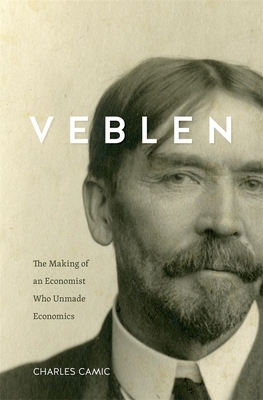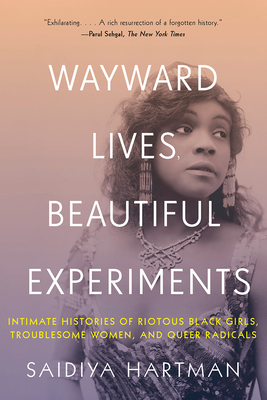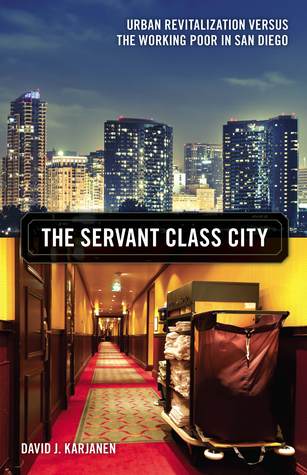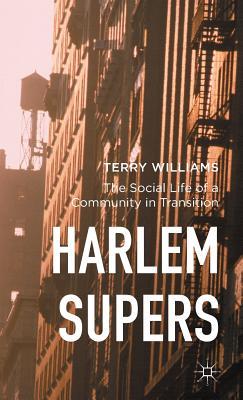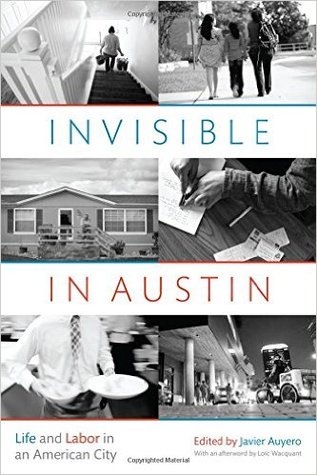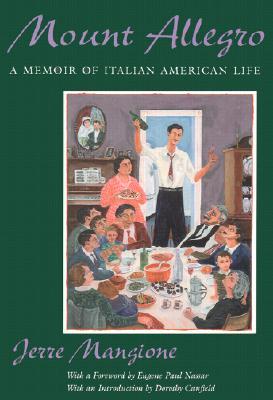When thinking about, talking about, or theorizing about something, ask yourself “Is this something, or not?“
In the title to a notorious paper, A. E. Wood (1957) asks: “What, If Anything, Is a Rabbit?” At issue is whether or not the label “rabbit” actually refers to anything scientifically coherent–to a group of organisms, say, that are related and share features that are not shared with other groups. Wood concludes that “rabbit” probably is a term with some scientific meaning–but a more recent essay by S. J. Gould (1983) entitled “What, if Anything, Is a Zebra?” summarizes fairly convincing evidence that there is no such thing as a “zebra,” from a scientific standpoint consistent with evolution. In short, the evidence is this: there are three species of zebras, and two of them are more closely related to horses than they are to the third zebra species–which means that the two groups of zebras evolved their stripes independently, since horses have no stripes. Source
Here is the challenge, what are the basic concepts of sociology and to what extent and in what senses are they things?
Sociology
Race
Gender
Class
Culture
Norms
Society
Social groups

